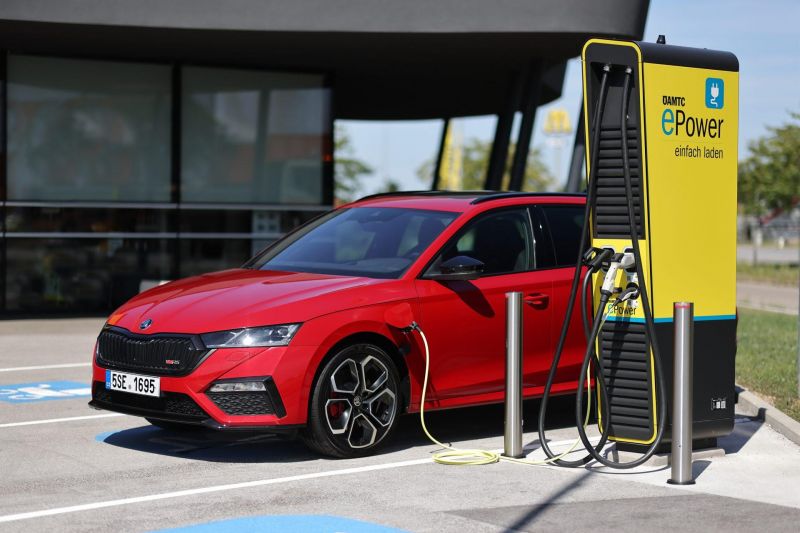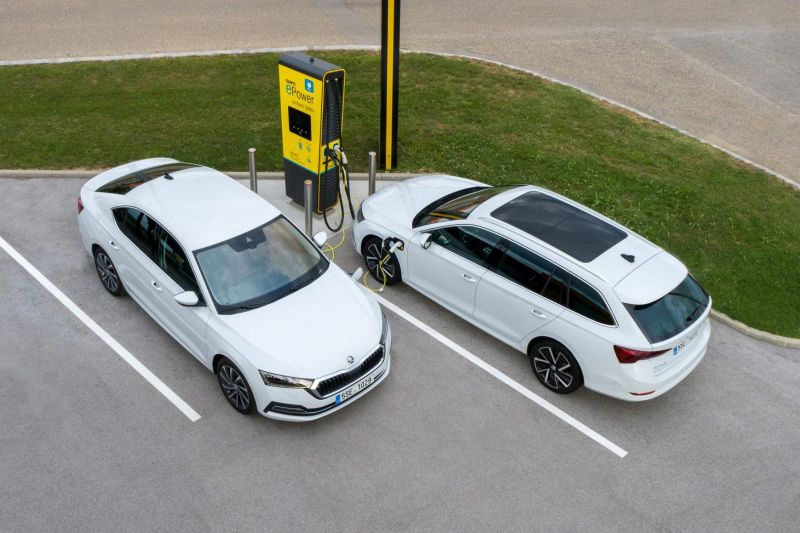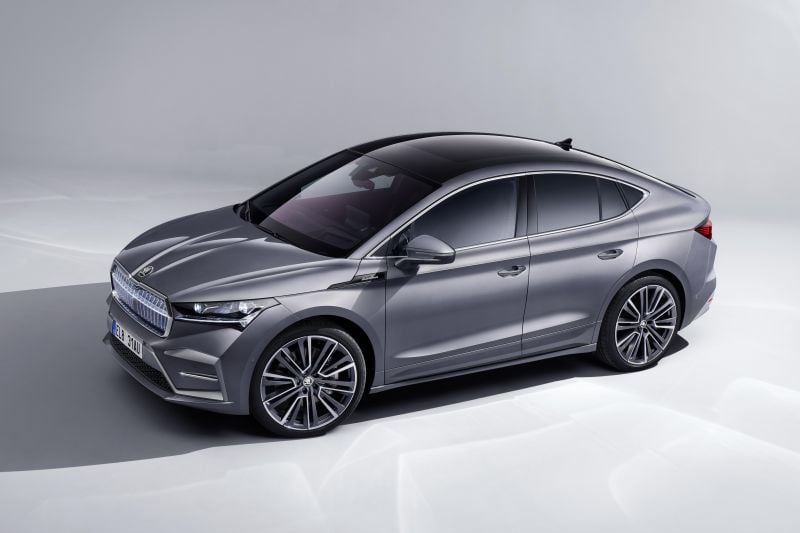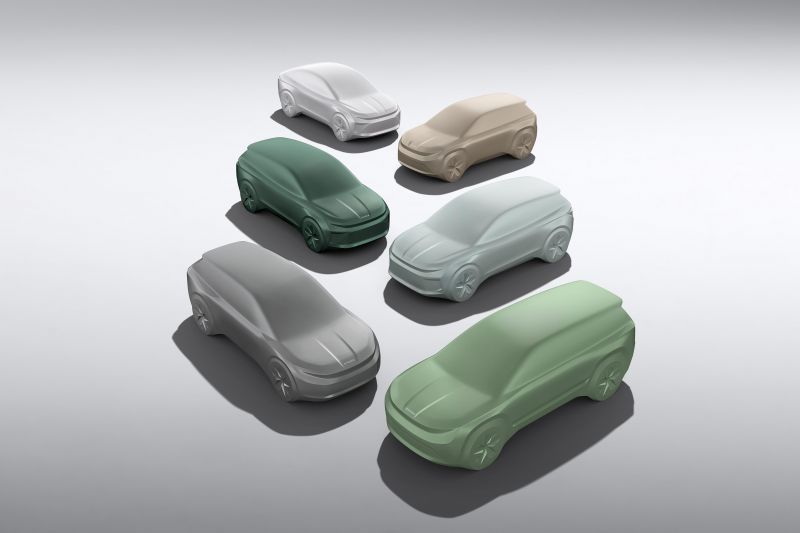Skoda Australia has confirmed it won’t offer plug-in hybrid (PHEV) models locally and plans to jump straight to electric vehicles with the launch of the Enyaq in 2024.
According to Skoda Australia managing director Michael Irmer, plug-in hybrids are a ‘bridging technology’ and only sold in Europe because of the “strong government incentive programme behind them that was driving their success”.
With fringe benefits tax (FBT) exemptions for PHEVs expiring in Australia from April 1, 2025, Mr Irmer says there “was just not enough time” and the brand would instead rather “focus straight on BEV”.
“[PHEV technology] was available only in Octavia and Superb but these are not big segments in Australia, so maybe in a previous generation we might have done it but it wasn’t there. Now it is available, and I think I’d say the ship has sailed,” said Mr Irmer.
“It was always meant to be a bridging technology, and I think we’re stood on the other side of the bridge.”
He said PHEV demand is declining in Europe without government incentives, noting accusations made there that many PHEV owners there were getting them as company cars and not charging them because they had a fuel card.
The result was vehicles that consumed more resources to manufacture and which used more fuel than a comparable combustion-powered vehicle.
Skoda Australia’s decision will leave other Volkswagen Group brands to cater to PHEV buyers locally. Cupra already has the Leon VZe and Formentor VZe, Volkswagen plans to introduce Golf, Tiguan and Touareg PHEVs, and Audi is introducing a Q5 PHEV.
The Skoda Octavia and Superb are already offered with PHEV powertrains overseas, and the next-generation Kodiaq being revealed later this year will also gain a PHEV option.
According to VFACTS sales data, only 2797 PHEVs were sold in Australia from January to May 2023, against 29,293 conventional hybrids and 32,050 pure electric vehicles.
However, PHEV sales were still up by 18 per cent compared with the same period last year. It’s clear, however, that EVs continue to widen the gap with PHEVs, as their sales were up by 275.2 per cent.
Skoda will launch its first all-electric model in Australia, the Enyaq, in 2024 – around three years after deliveries began in Europe.
Globally, the brand is also getting set for a slew of new EV debuts between 2024 and 2026, and Mr Irmer says some of these are in a “relatively early phase of the design concept” and others are fairly close to launch and design.
“There were delays for Enyaq, but Enyaq has made it easier for the rest to follow quickly,” said a Skoda Australia spokesperson to CarExpert.
The brand has six electric vehicles planned by 2026 that “will cover all vehicle segments that are relevant to our customers”.
By 2027 Skoda will have invested a total of 5.6 billion euros (A$9.26bn) in EVs.
After the arrival of the Enyaq in 2024, it’s expected the Elroq will be revealed next as a replacement for the Karoq.
Skoda Australia is still yet to confirm when it will launch the Elroq in Australia but Mr Irmer said it could be more than two to three years away.
An electric station wagon and a larger three-row SUV, currently referred to as the Combi and Space, respectively, are due in Europe in 2026.
The Space will measure around 4.9m long – around 200mm longer than the current Kodiaq – and offer seven seats.
The brand has no clear goals to go electric-only, and Mr Irmer says at this stage Skoda Australia plans to offer ICE models alongside its EVs well into the 2030s.
“I think what we know now is that we can say we well into the 2030s, we’ll be able to provide product,” said Mr Irmer when asked about Skoda’s ICE plans.
“But let’s face it, everything from five years onwards, the plans can be adjusted according to the needs.
“So we are prepared for a very quick adaptation, adaptation for that, but we also move out if it takes a bit longer.”












